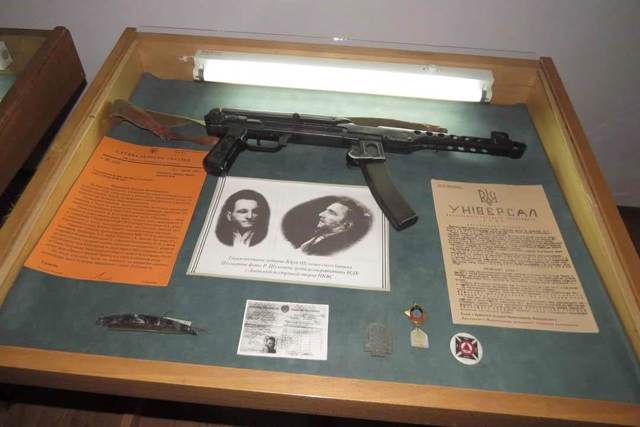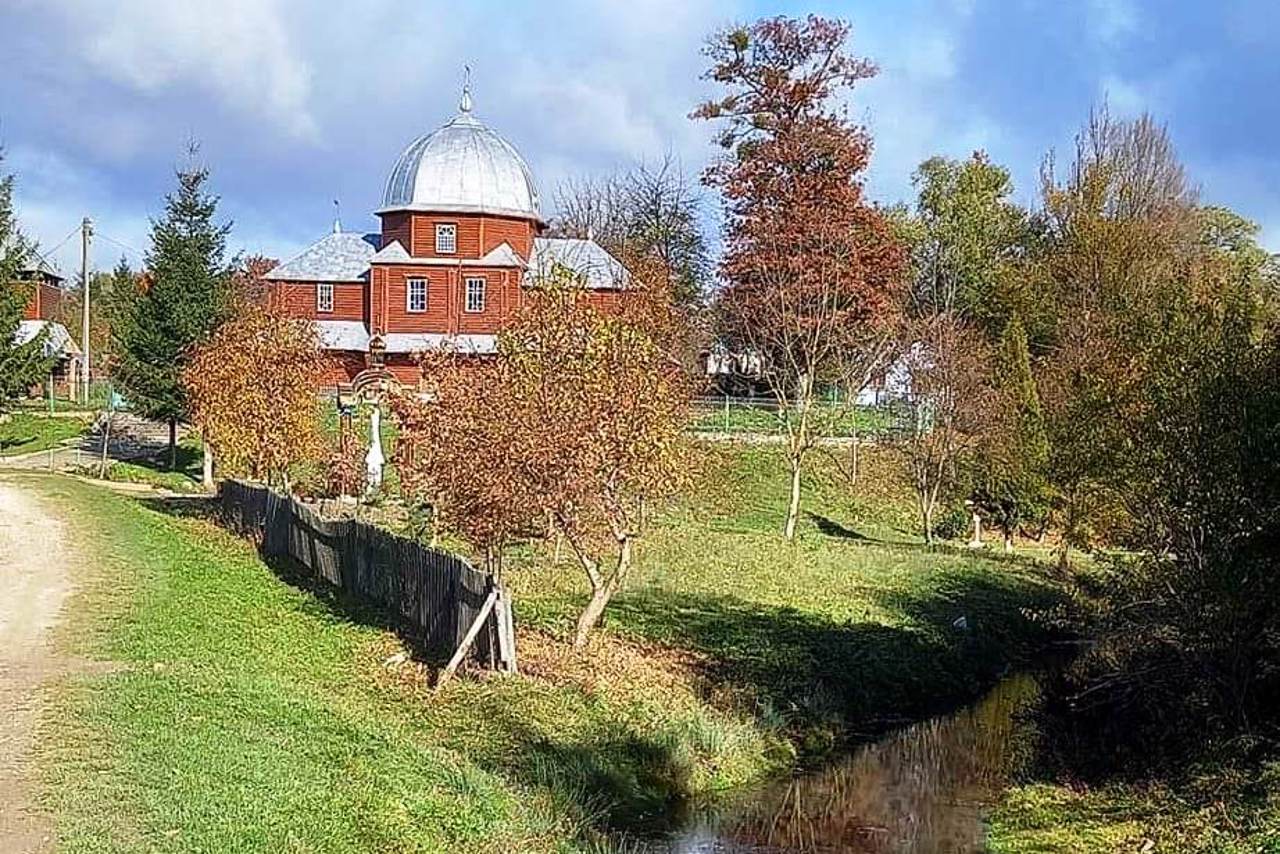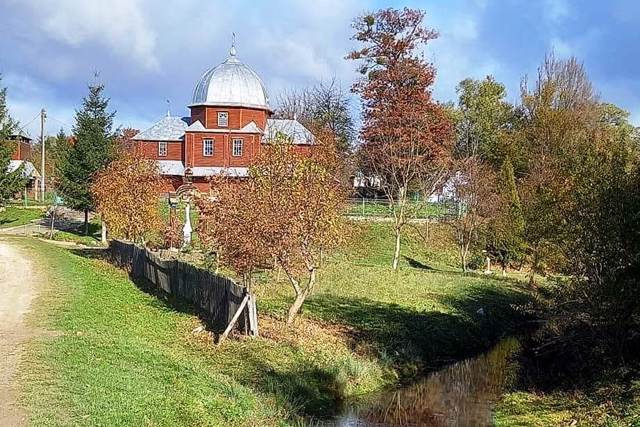Functional temporarily unavailable
Kniahynychi
Travel guide online Kniahynychi
General information about Kniahynychi
The historic village of Kniahynychi on the Svirzh River is located between Rohatyn and Khodoriv. It is administratively part of the Ivano-Frankivsk district.
It was first mentioned in documents in 1430 as the property of the family of the Polish ruler Petro Vlodkovych. During the days of the Habsburg Empire, Knyahynichi was considered a town of the Rohatyn District of the Kingdom of Galicia and Lodomeria.
The ancient Catholic Church of Our Lady of Chenstokhova was destroyed during the Soviet era - now there is a military memorial in its place. The wooden Church of the Resurrection of Christ, built in 1807, has been preserved.
In 1946-1947, the underground headquarters of UPA commander Roman Shukhevych operated in the village of Kniahynychi (the museum is open).
N ...
The historic village of Kniahynychi on the Svirzh River is located between Rohatyn and Khodoriv. It is administratively part of the Ivano-Frankivsk district.
It was first mentioned in documents in 1430 as the property of the family of the Polish ruler Petro Vlodkovych. During the days of the Habsburg Empire, Knyahynichi was considered a town of the Rohatyn District of the Kingdom of Galicia and Lodomeria.
The ancient Catholic Church of Our Lady of Chenstokhova was destroyed during the Soviet era - now there is a military memorial in its place. The wooden Church of the Resurrection of Christ, built in 1807, has been preserved.
In 1946-1947, the underground headquarters of UPA commander Roman Shukhevych operated in the village of Kniahynychi (the museum is open).
Near the village there is a hydrological reserve of local importance "Pid Verkhovynoyu".
Історичне село Княгиничі на річці Свірж розташоване між Рогатином та Хородовом. Адміністративно входить до складу Івано-Франківського району.
Вперше в документах згадується в 1430 році як власність родини польського урядника Петра Влодковича. За доби Габсбурзької імперії Княгиничі вважалися містечком Рогатинського повіту Королівства Галичини та Володимирії.
Старовинний католицький костел Божої Матері Ченстоховської був зруйнований за радянських часів – на його місці зараз знаходиться військовий меморіал. Збереглася дерев'яна церква Воскресіння Христового, збудована у 1807 році.
У 1946-1947 роках у селі Княгиничі діяв підпільний штаб командира УПА Романа Шухевича (працює музей).
Біля села знаходиться гідрологічний заказник місцевого значення "Під Ве ...
Історичне село Княгиничі на річці Свірж розташоване між Рогатином та Хородовом. Адміністративно входить до складу Івано-Франківського району.
Вперше в документах згадується в 1430 році як власність родини польського урядника Петра Влодковича. За доби Габсбурзької імперії Княгиничі вважалися містечком Рогатинського повіту Королівства Галичини та Володимирії.
Старовинний католицький костел Божої Матері Ченстоховської був зруйнований за радянських часів – на його місці зараз знаходиться військовий меморіал. Збереглася дерев'яна церква Воскресіння Христового, збудована у 1807 році.
У 1946-1947 роках у селі Княгиничі діяв підпільний штаб командира УПА Романа Шухевича (працює музей).
Біля села знаходиться гідрологічний заказник місцевого значення "Під Верховиною".
Сплануй своє перебування у Kniahynychi
What to see and where to go in Kniahynychi
Tourist attractions and museums of Kniahynychi

Museum "Roman Shukhevych Underground Headquarters"
Museum / gallery
The memorial museum "Roman Shukhevych Underground Headquarters" in the village of Kniahynychi near Rohatyn is a branch of the Ivano-Frankivsk Regional Museum of the Liberation Struggle named after Stepan Bandera. Opened in 2007 in honor of the 100th anniversary of the birth of the UPA Commander-in-Chief Roman Shukhevych.
In 1946-1947, the underground headquarters of the UPA operated in Kniahynychi. He was located in the former postman's house – in a conspiratorial apartment, which had the code name "Korolenko".
The museum exposition in this building was created on the initiative and based on the memories of the former bodyguard of the UPA commander, political prisoner Lyubomyr Polyuha.
Three museum rooms reproduce the interior of that time: wardrobe, table, chairs, beds, sewing machine, table lamp, dishes. Among Shukhevych's personal belongings, his cap, razor and badge are on display.
Documents, photos and personal belongings of other underground workers are presented. Lyubomyr Polyuha presented the museum with his own shirt, which his wife embroidered for him with herringbone, when the couple was serving time in Soviet correctional labour camps.
Reviews Kniahynychi
Geographical information about Kniahynychi
| {{itemKey}} | {{itemValue}} |
|---|---|
| Region |
Ivano-Frankivsk |




